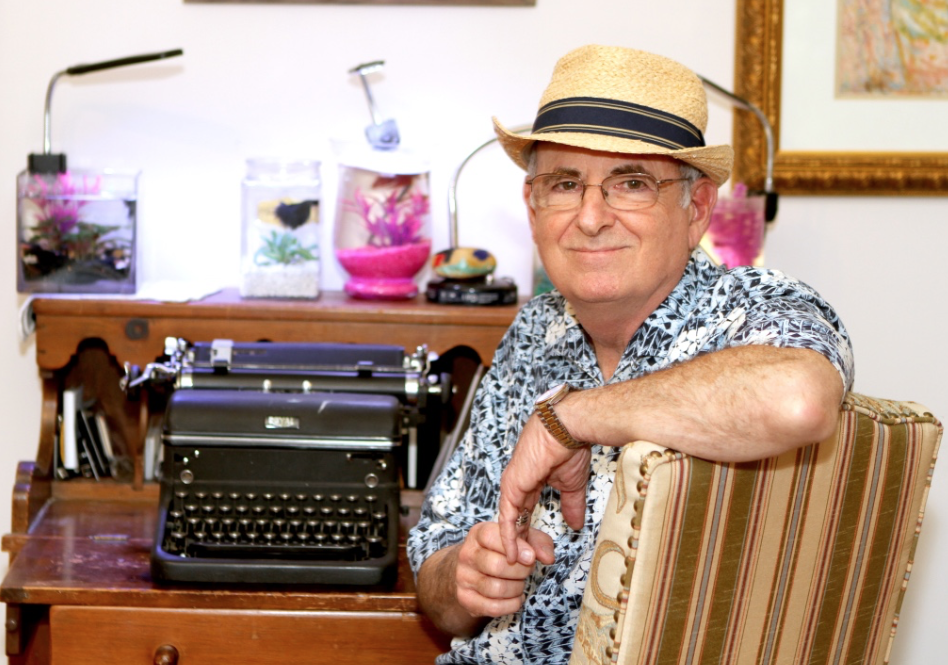Gene Hermanski: The Fog of War

You’ve heard of the Fog of War? There’s also the fog of childhood, things remembered but not sharply, pieces of thoughts, and mental pictures that won’t connect fully in the mind. Not too dissimilar, I might add, from the aging person’s memory. I remember Gene Hermanski; at least, I’m pretty sure I do. Maybe it’s sort of not pretty sure, but pieces of him are in my memory. I was nine, and we were a Brooklyn Dodger household. Nine is old enough to remember.
Hermanski, who was born May 11, 1920, was a good ball player, a lefty at bat who threw with his right hand. Signed by the Philadelphia Athletics as an amateur free agent in 1939, the 5’11” 180 lbs. Hermanski made his major league debut with the roster-depleted Brooklyn Dodgers on August 14, 1943, and appeared in his final game on September 22, 1953. He did everything well, just not spectacularly. He might have been better than he was, but like so many ballplayers of that day, he gave up the meat of his career to his country. While in the service, he attempted to balance dreams, dreams of being a ball player and dreams of being a pilot. It is an interesting story, as told by Gary Bedingfield in his book, “Baseball in Wartime.” Brooklyn was a big part of it.
Hermanski joined the Coast Guard in the fall of 1942. Stationed at Floyd Bennett Field, he played for the Coast Guard’s baseball team. After 15 months, he tried to join the Navy, hoping to become a pilot. During this time, he was given a two-month leave and returned to the Brooklyn Dodgers organization to play with Durham in the Piedmont League. After ten games, he was called up to the Dodgers and made his major league debut on August 15, 1943. Hermanski played 18 games for the Dodgers while on leave, batting an even .300 in 60 at-bats.

Brooklyn Boro
View MoreNew York City’s most populous borough, Brooklyn, is home to nearly 2.6 million residents. If Brooklyn were an independent city it would be the fourth largest city in the United States. While Brooklyn has become the epitome of ‘cool and hip’ in recent years, for those that were born here, raised families here and improved communities over the years, Brooklyn has never been ‘uncool’.